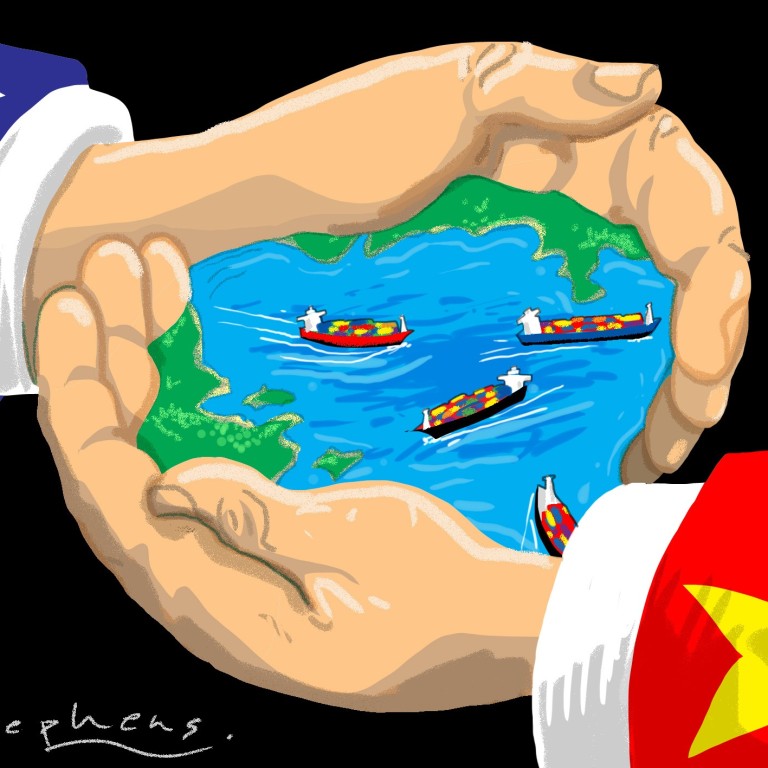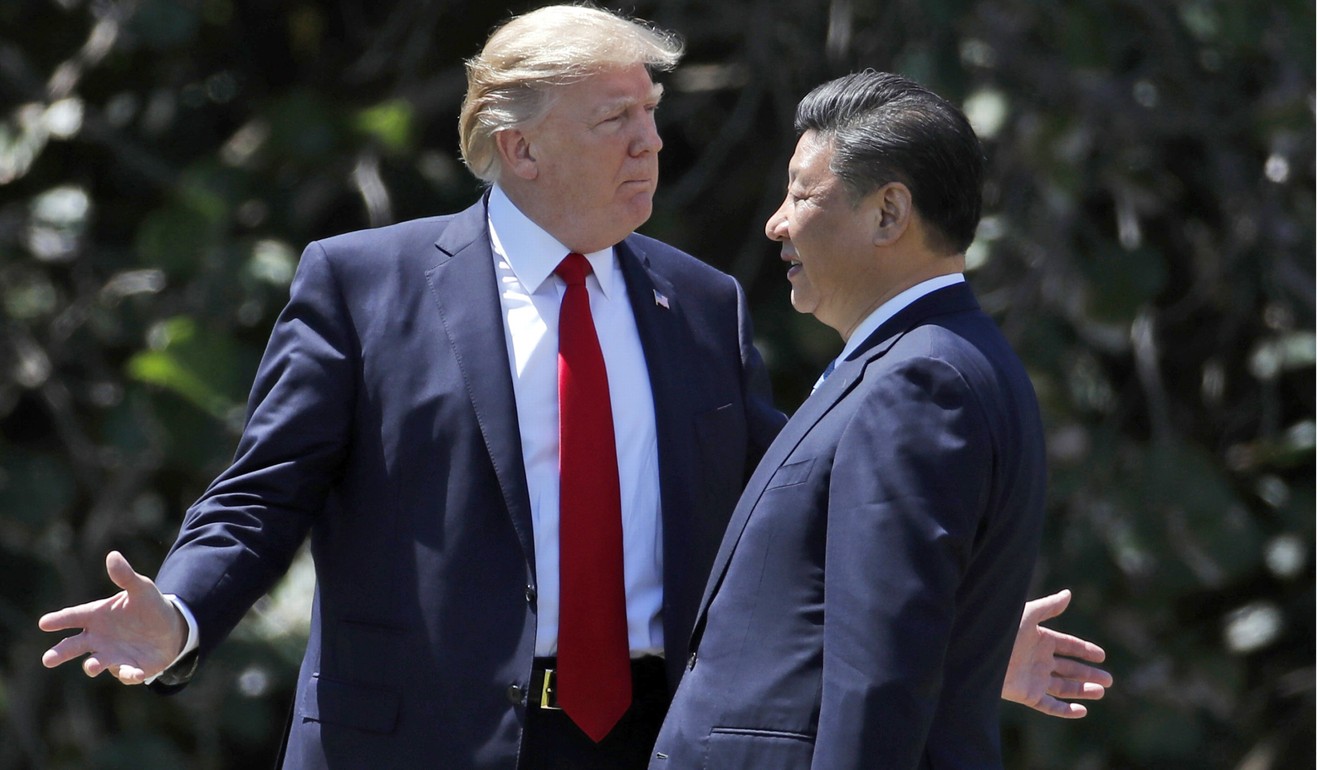
How the greater bay areas of China and the US can pave the way for trade cooperation
Patrick Ho says the world’s two biggest economies must find common ground to move beyond their recent trade disputes. Why not look towards economic clusters like the Greater Bay Area of Guangdong, Hong Kong and Macau to lead the way?
Five trade issues the US and China need to tackle before Trump goes to Beijing

The Greater Bay Area is the fastest-growing city cluster in China. It has the potential to become a pioneer in a China-US cooperation project
It seems that the belt and road and “America First” are two different concepts in terms of geography and principles. The former aims to transform interchanges across Eurasia and Africa, while the latter focuses on matters on American soil. The former emphasises the principle of achieving shared growth through discussion and collaboration, while the latter focuses on maximising US national interest.
However, both concepts have at least one thing in common: development. If we can find some projects that combine these two concerns, there will be new common ground for the two countries, which can become the new bedrock of China-US relations.
Recently, China-US trade imbalances have been a thorny issue. Trump has authorised an inquiry into China’s alleged theft of intellectual property. Moreover, he has been critical of China for supposedly stealing American jobs, and setting up barriers preventing US companies from entering the Chinese market.
Experts have pointed out that the trade dispute is actually one of many problems arising from division of labour in a globalised world. It is not designed to undermine American interest.
It would be mutually beneficial if the two countries can reach a consensus on bilateral trade and deepen cooperation.
How America can help China’s Xi Jinping rival Deng Xiaoping on economic reforms

There may be some lessons we can take from Chinese leader Deng Xiaoping. To implement the reform and opening-up policy, four special economic zones, including in Shenzhen and Zhuhai, were set up around 1980. Deng gave the zones special policies and flexible measures to attract foreign and domestic firms. These policies also acted as a firewall, preventing risks and repercussions, when they did arise, from spreading across the entire country.
It proved a great success; the reform experiences of these economic zones have been gradually extended to all parts of the country.

When addressing China-US trade disputes, we should think out of the box. Instead of working within the geopolitical paradigm of a nation state, could we not adopt the geo-economic model on a regional level? For instance, China and the US could each set up special zones for cooperation within each other’s borders. Each zone would have more autonomy and flexibility in deciding their economic policy, domestic regulations, information circulation, enterprise registration and banking services, and reaching trade and economic agreements with other zones. Bilateral ties could be customised to suit both parties. At the same time, any risk could be confined to these areas.
Can China’s ‘Greater Bay Area’ match its New York and San Francisco counterparts? Much will depend on Beijing
The San Francisco Bay Area includes not just San Francisco, which is the political and financial centre, but also Oakland, an industrial base; San José and Silicon Valley, which are home to many of the world’s largest hi-tech corporations; and the North Bay, a beautiful area extending into the state’s wine country. Then look at the New York Bay Area on the East Coast. Manhattan is a global financial centre, while its neighbours Queens and Brooklyn are well known for their manufacturing and printing industry.
In China, the Guangdong-Hong Kong-Macau Greater Bay Area, which consists of nine cities in Guangdong, including two special economic zones, and the two special administrative regions of Hong Kong and Macau, is among the leaders in China in terms of administrative flexibility and economic competitiveness.
Guangdong, a pioneer for reform and opening up, has a long history of foreign investment. It is also one of the starting points of the new Maritime Silk Road.

Innovation and vision can make Hong Kong shine in the pan-Pearl River Delta
More importantly, each city has its own strengths and they complement one another. Hong Kong is an international financial hub. Macau has many world-class hotels and leisure facilities. Guangzhou is the political and cultural centre in southern China. Shenzhen is famous for its hi-tech industries. And all these cities are linked by a modern road and rail network to create a collection of communities that are accessible within an hour of each other.
In other words, the Greater Bay Area is the fastest-growing city cluster in China. It has the potential to become a pioneer in a China-US regional cooperation project.
The great delusion that is the Greater Bay Area project holds nothing for Hong Kong
Tillerson was right. It is time to relinquish the zero-sum game mentality and work on farsighted and mutually beneficial strategic projects. A China-US big bay area cooperation plan will be a very good place to start.
Dr Patrick Ho Chi-ping is deputy chairman and secretary general of the China Energy Fund Committee


